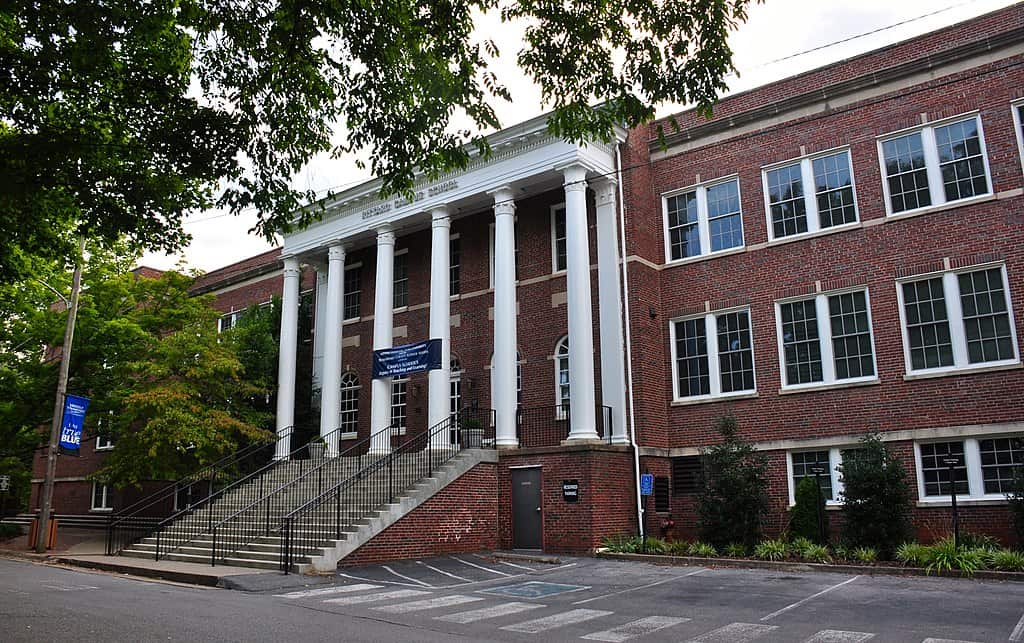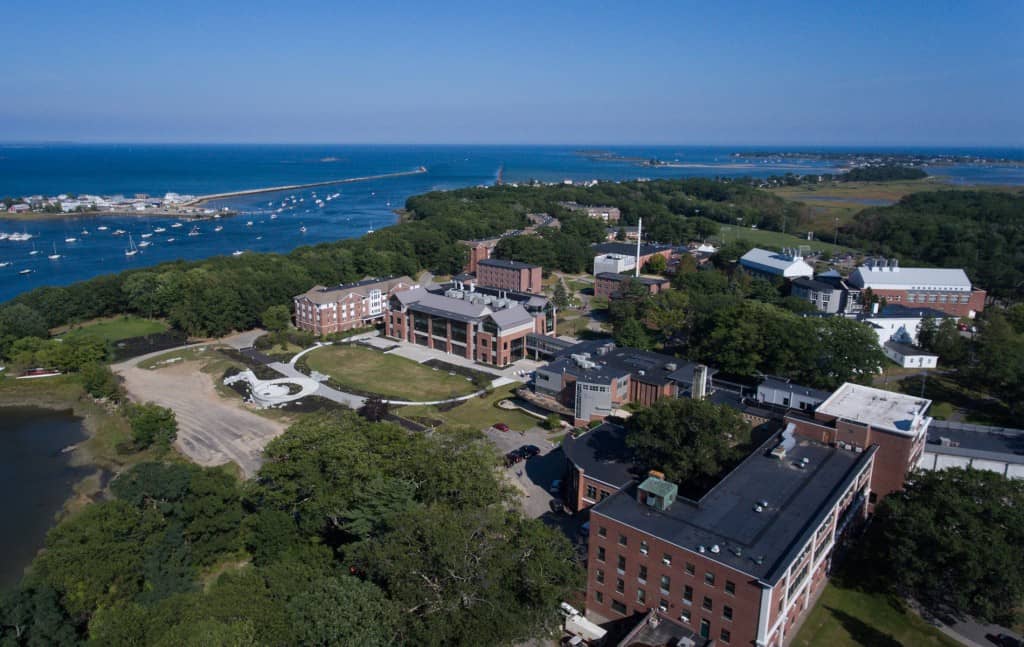If you pursue postsecondary education in the United States, you’ll likely end up studying at a college or university. The problem is the words “college” and “university” are used interchangeably. In fact, you may not even know what the difference between the two is! So what is the difference between college vs university?
It doesn’t help that the way Canadians and Americans think of college and university is quite different. As we covered in our previous blog post, Canadian universities are where you’ll find degree programs. On the other hand, Canadian colleges usually grant certificates and diplomas.
However, the system is a little different in the United States.
If you’re unsure what the difference between college and university is, not to worry! The information below will help you better understand how higher education in the US works.
Private vs. Public
Higher education in the US works quite differently than in other developed countries. The US government doesn’t control the education system. Instead, any college or university you attend will fall into one of two categories: private or public.
Public colleges and universities are primarily funded by state governments. Private institutions are typically funded by tuition fees, alumni donations, and endowments.
Although the published tuition rate at private institutions might look higher than it would be at some public institutions, that doesn’t mean they’re actually more expensive to attend. Privately-funded colleges and universities have more control over their funds, so they may cost the same or less than a public institution after scholarships are applied.
American higher education breaks down into the following main categories:

Image Credit: Skye Marthaler, CC BY-SA 3.0, via Wikimedia Commons
State College or University
As the name implies, a state college or university is run by a state or local government. In fact, each of the 50 US states has at least one state university. Many states also have multiple state colleges and receive most of their funding from public funds.
It’s pretty easy to figure out which schools are state-run with college vs university institutions. The majority of their names include the name of the state they’re in. For example, Oregon State University is in Oregon and the University of Utah is in Utah.

Courtesy of New England University.
Private College or University
Unlike state schools, private colleges and universities are privately funded. This means they’re not operated by the government. They’re usually smaller than state schools and have higher tuition on average.
All of the famous “Ivy League” schools like Harvard, Princeton, and Yale are private. Religious universities and colleges are also privately funded, though they do welcome students of all religions and beliefs.

Source: Shortline Community College
Community College
American community colleges are similar to Canada’s colleges, which provide technical training and diplomas. A community college typically offers two-year associate degree programs. These programs fall into general education. They’re typically set up to allow students to either enter the workforce directly or transfer to a university or college.
Students can also find English as a Second Language (ESL) programs here, which will help prepare them for university-level coursework. Community colleges are usually supported locally, regionally, or by the state government.

Where Would I Go for Graduate Studies?
The education system in the United States can seem complicated. However, there’s an easy way to think of the difference between college and university:
- A college exclusively offers undergraduate programs
- A university offers both undergraduate and graduate programs
There are exceptions, of course. Some institutions still call themselves “colleges” even though they offer graduate programs (Dartmouth College, Boston College).
Universities can also be made up of a collection of colleges. For example, Harvard College is Harvard University’s liberal arts college. In fact, Harvard is made up of over 10 graduate and professional schools! This includes Harvard Law School, Harvard Business School, and Harvard Medical School.

Research vs. Teaching Universities
One final thing to keep in mind between college vs university is that universities can be either primarily research or teaching institutions. Faculty time is always divided between teaching and research at all universities. However, the balance is different depending on what university they work at.
Generally, large universities are research-focused because they have the size and funding to be able to do so. This means they usually have state-of-the-art equipment and facilities. The downside of research universities is that undergraduate classes are often large. They’re also typically taught by graduate teaching assistants instead of professors.
On the other hand, teaching universities are focused on, well, teaching. Most professors at these schools have full teaching loads. This means they don’t have as much pressure to publish as their colleagues at research institutions. While you’ll have to sacrifice facilities and other perks, they’re a great choice if you value face-to-face time with your professors.
For more information on studying in the US, check out our US guide and explore open study abroad programs here!







